Ascension Bay has a reputation as the place “to catch your first bonefish”. In fact, I took my daughter there many years ago to do precisely that (she managed a permit to boot!).

Plenty of Bonefish
This reputation is well deserved. There is plenty of bonefish to be found in the Sian Kaan Biopreserve. The Mexican Government has done a fantastic job managing this million-acre preserve. Every day there were hundreds of bonefish within the casting distance of the novice. These two pounders are excellent sport on eight wt’s, and on quiet mornings, a six wt would do the job.

During our stay, Ed caught a six-pounder, and that was the biggest in our group. There are pictures of bigger bones in the lodge, but this isn’t where I’d go for big bonefish.
Late in the week, we were catching cookie-cutter bonefish after lunch, and this happened...

Having been to Pesca Maya before and as a reasonably experienced bone fisherman, I had a concern I could get a little bored. In the end, Sian Kaan took care of my misguided concerns and served up tremendous challenges; and a couple of slices of humble pie.
Every day we saw tarpon, snook, and permit.
As expected tarpon was the least abundant of these three species during our stay. We saw fish to 50 pounds, but only a few in open water and mostly on the ocean side. There were some tucked in the mangroves on the day we ran south. Winter is not the tarpon season.

Snook live amongst the mangrove roots, and there were only a few times I only saw ones that were beyond the cover of the overhanging bushes. A flyrodder has zero shot of landing a snook if the fish gets any deeper in the mangroves. As a result, they are targeted on the lower portion of the tide. So they are close to the edge and can be fought in open water. Delivering a fly to a sighted snook was a supreme challenge. I got a few follows but ruined many other opportunities where I failed to put the fly on the dinner plate even though (to stick with the analogy) the plate was buried in the cupboard on the bottom shelf. My casting accuracy from a low plane will have to improve if I am going to catch a snook. It would be wise to practice with a lawn chair 40 feet away and land your fly under the chair from a variety of angles. We did see one bomber harassing mullet in open water, and it created quite a disturbance. No doubt snook would be an excellent Bucket List addition.
Permit deserve their reputation as one of the toughest fish to fool with a fly. Properly present a live crab, and they will hammer it. Cast a tired, haggard crab, and it gets treated with mild curiosity... a lot like my flies! I’ve caught the small ones (called Palometa) on a previous trip, but a legit Atlantic Permit is still on my bucket list and will remain so. We saw them to 30 pounds every day and most days in good numbers. I don’t recall seeing a tailing permit all week. These fishing were cruising and looking for food in a lot of cases but not in shallow water. Most often in the lagoon, the water was 4-6 ft and on the ocean side just a few feet deeper.
As an experienced fly rodder in the northeast, slinging weighted flies in the wind is an everyday occurrence. Typically on a 350-grain line with a moderately wind resistant fly like a Half and Half on 7-8 foot leader. Here we use a floating line and legit dumbbells on a small fly with a 12-foot leader, and that was a new challenge as well.
Afternoons on the flats are typically windy everywhere, and that was a lot for the new fly rodders in our group. There were a few afternoons that were all a seasoned New England striper fisherman could handle! The resultant chop made it harder to see the fish, especially the permit on the deeper and darker lagoon bottoms. So there were a few shots of “8 o’clock 20 feet!” and the inevitable shots directly into the wind. Permit are as demanding of your fly casting skills as any saltwater species I have come across.

The Raghead Crab or similar was the regular choice of the Pesca Maya guides. I used a smaller eye on my dime-sized ER Crabs than I used on my nickel-sized ones. I regret not tying a handful of dime-sized crabs with the larger eyes. More than a few times, I heard “he never saw it” usually due to depth (permit lower in the water column, or current was moving faster than anticipated).
Job one with any fly presentation is to make sure the fish sees your fly. Permit have earned a reputation as a finicky fish to hook, and by week’s end, I was decidedly in the “hook ’em or spook ’em” camp. After several good shots went unfollowed or more gut-wrenchingly, they were followed ever so briefly and then found to be lacking. In my permit experience, you need to discard your bonefish/ striper flats habit of a soft landing and leading the fish by a few feet. The way these permit were feeding in deeper water was unpredictable, erratic, and non-linear. Add that to the consequence of wind and its impact on accuracy, and there are many shots where the permit never sees the fly. That will never work. While I don’t have a “grip and grin” to prove it, I believe your best chance of a hook up on a legit permit comes when you put the fly on a dinner plate just off their nose. He reacts by either eating or spooking, but you know he saw your fly.
One point that I feel is worth mentioning is that Pesca Maya, while a long-standing operation, is the northernmost lodge on the lagoon - leaving a vast amount of flats to the north to fish and also to rest. Also, there is access to the open ocean at Boca Pila, adding additional variety to the fishing experience. I’ve always felt that anywhere there is a concentration of lodges and anglers (North Bight at Andros) must increase the fishing pressure in the immediate area. There are also strict limits on the number of boat licenses for the preserve. The combination of the massive size of Sian Kaan and the variety of species serves to spread out the fishing pressure. Not boring.
Gear: I used a nine wt with a ten wt line for permit to deal with the wind. Leaders were 12 feet. On calm mornings, a seven wt would do for bones. Bonefish flies were # 6’s and # 4’s. Leaders were 10 to 12 ft. tarpon, and snook leaders were straight 50lb fluorocarbon.Location: Pesca Maya

Food: Simple Mexican served family-style. The menu reflects the fact we were at the end of the road with more fish than chicken or steak. It seems fresh produce is delivered at least once a week. My favorites were the great vegetable and fruit-based soups and appetizers. The kitchen puts out the fixings, and you make your lunch each day.


Rooms: Plenty comfortable. AC is top-notch. I would add that the porch and the beach would be a great place to relax and read a book if I wasn’t there to fish.

Guides: Both Darrin and Izzy are excellent. Being a permit guide can be a frustrating gig, but these guys stayed positive.

Boats: Simple pangas built in Punta Allen. They handle both some open ocean chop and the skinny in the lagoon. I was impressed.

First-timers to experienced. Something for all!
Who would love this trip:
- Anglers who are new to the flats as there are abundant shots at bonefish with some larger singles
- Any experienced flats angler who is looking for variety and challenge. The range of casts, the various fishing scenarios, and the different species requiring different tackle make for a tremendous challenge that has me excited to return. A trip to this region is a bucket list stop for the flats fisherman.
- Anglers looking to maximize their “bang for the buck.” Cancun is not an expensive destination, and Pesca Maya is a very reasonably priced lodge with all the angling essentials.
I found that permit fishing demanded the best of my casting ability. I am excited to head back to Pasca Maya and focus my efforts on catching permit. Our trip in late January is solidly in the winter fishing season, and you should expect cold fronts to roll in from the north. I’d be concerned that a short trip could coincide with a cold front and the associated incessant winds. A longer 5-6 days means while you will likely have a cold front, you will still have fishable days.




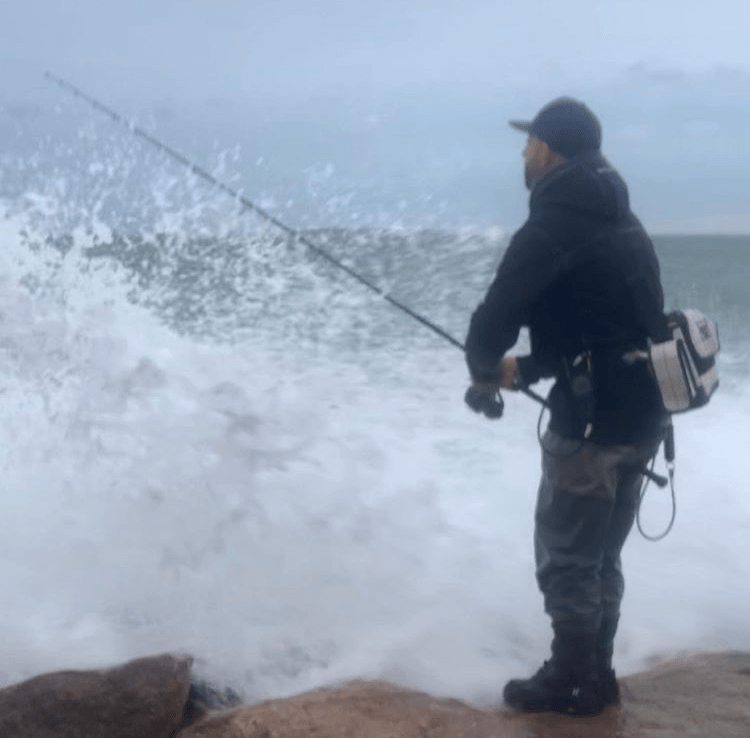

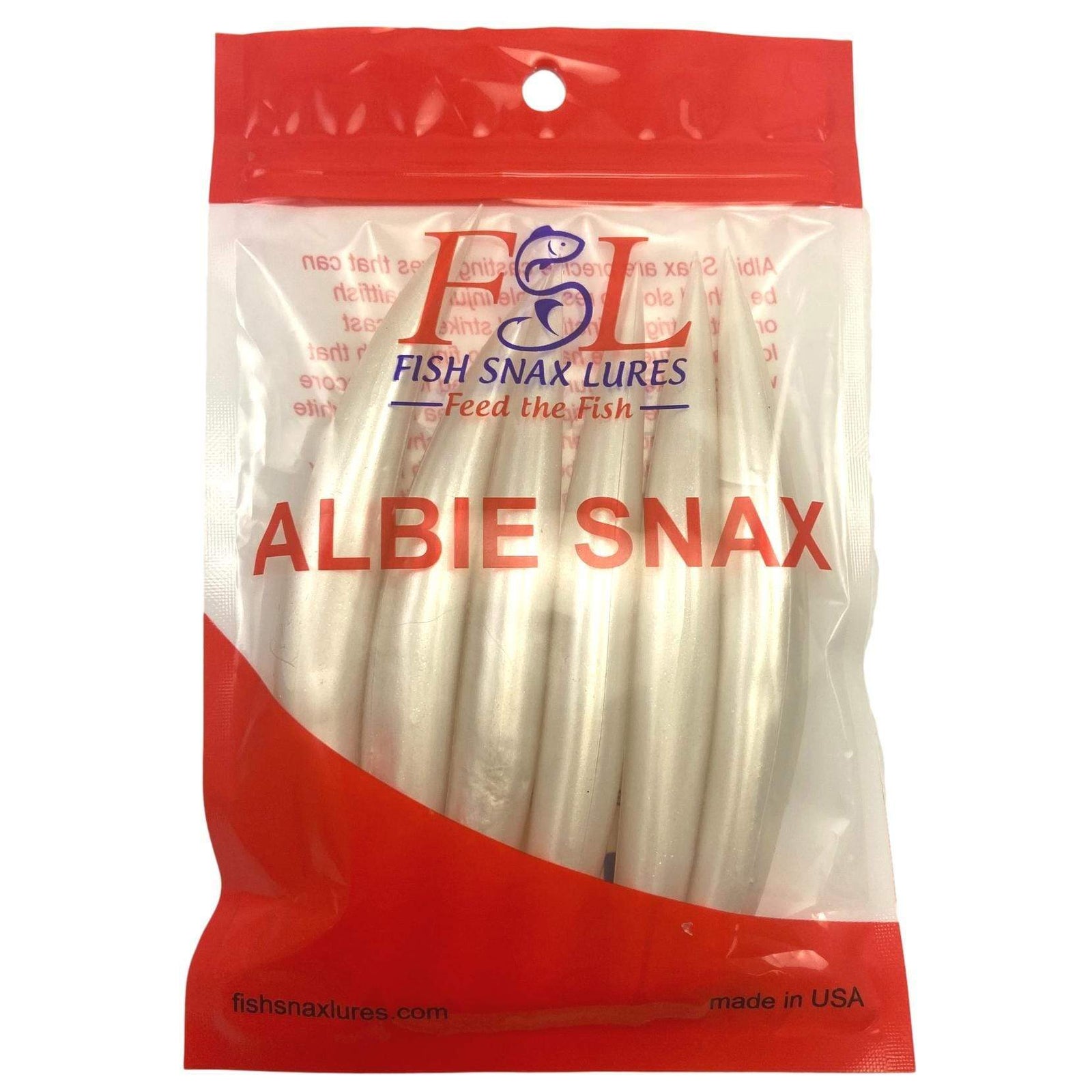

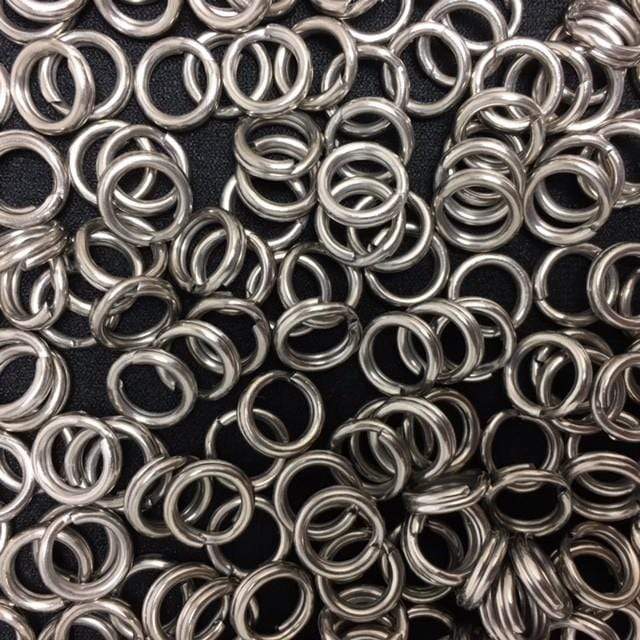
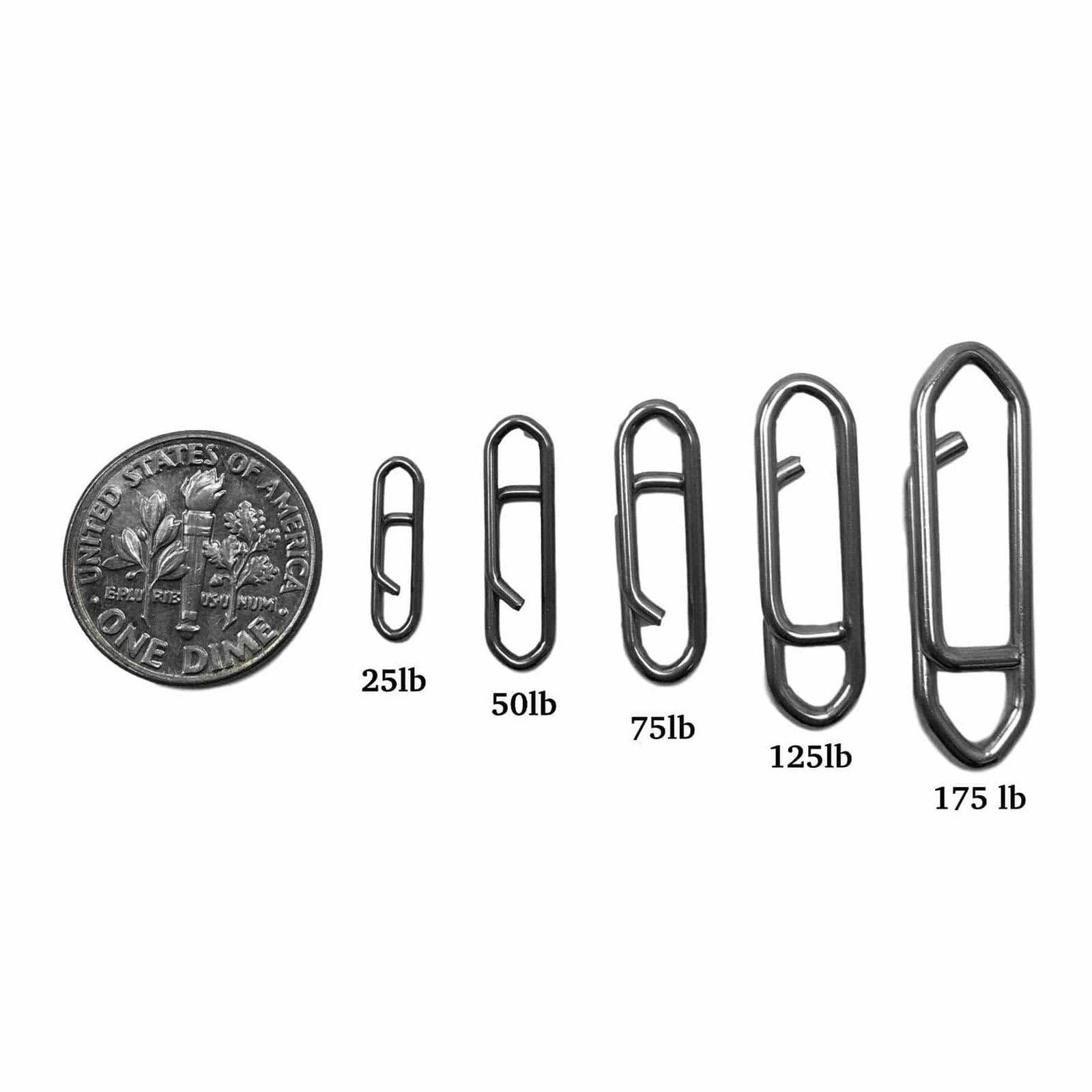


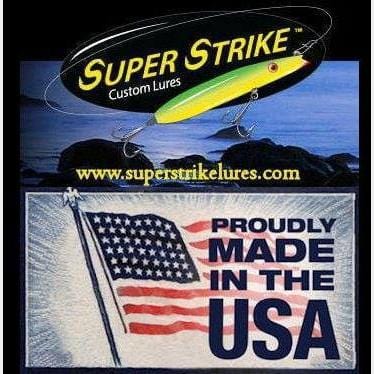

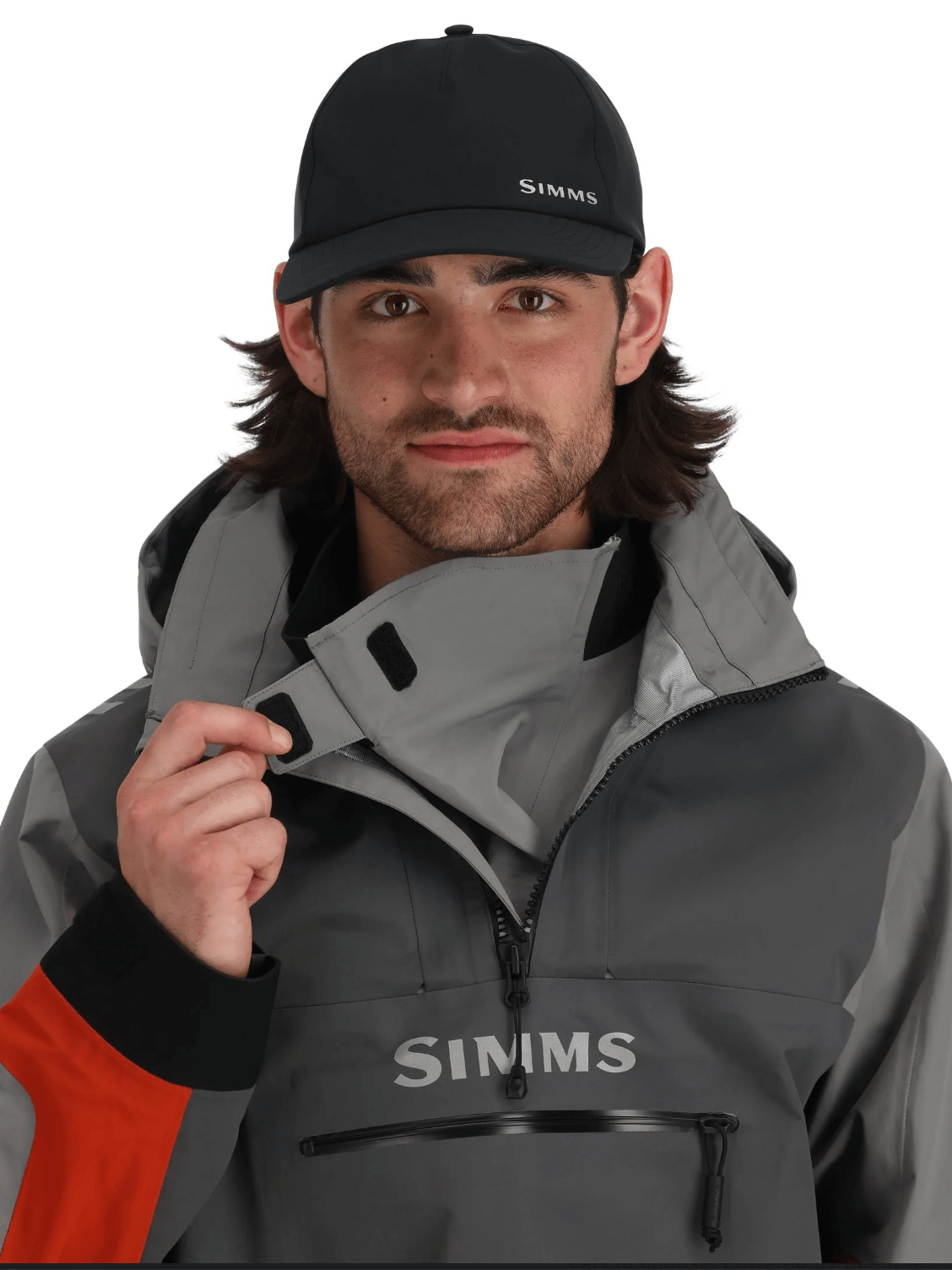

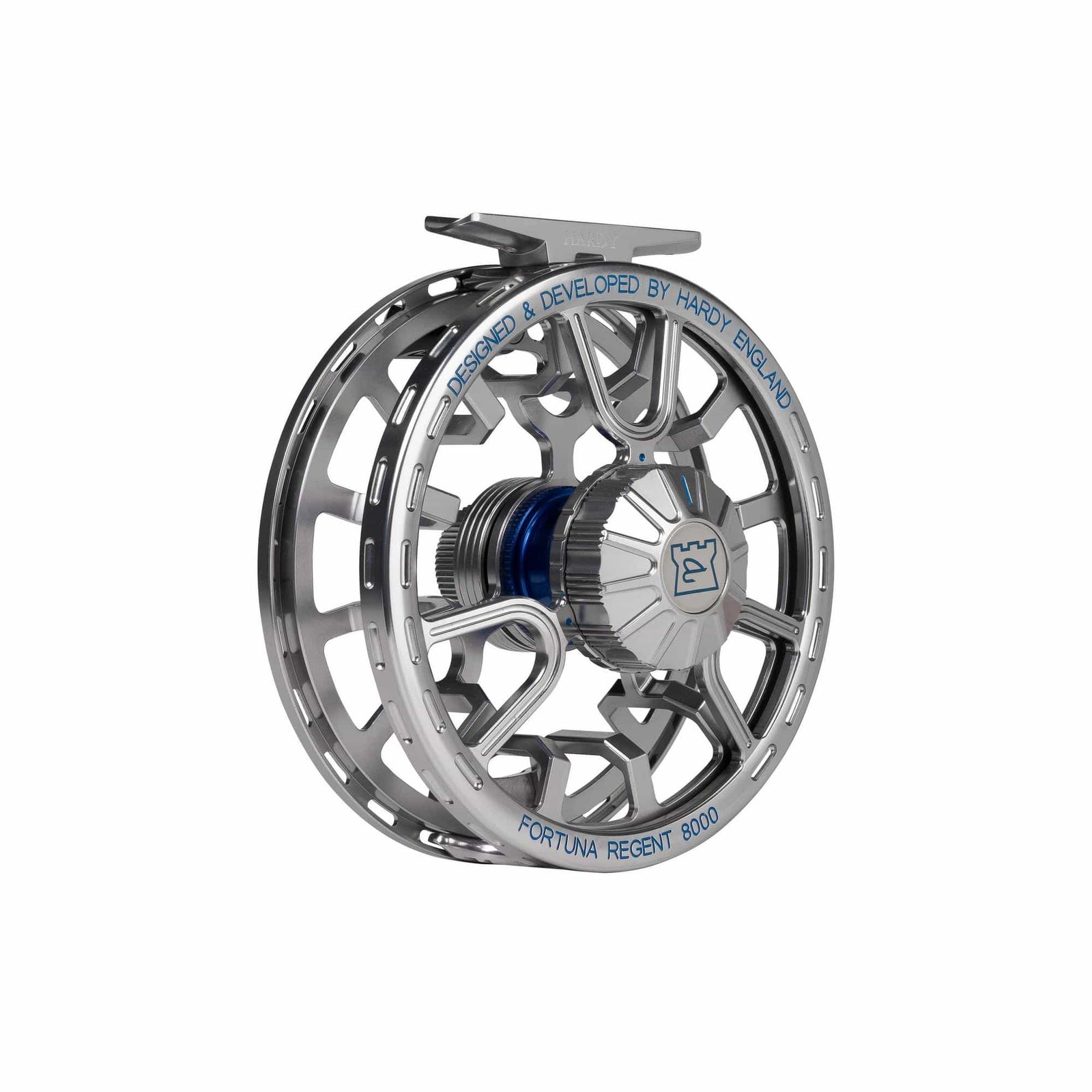
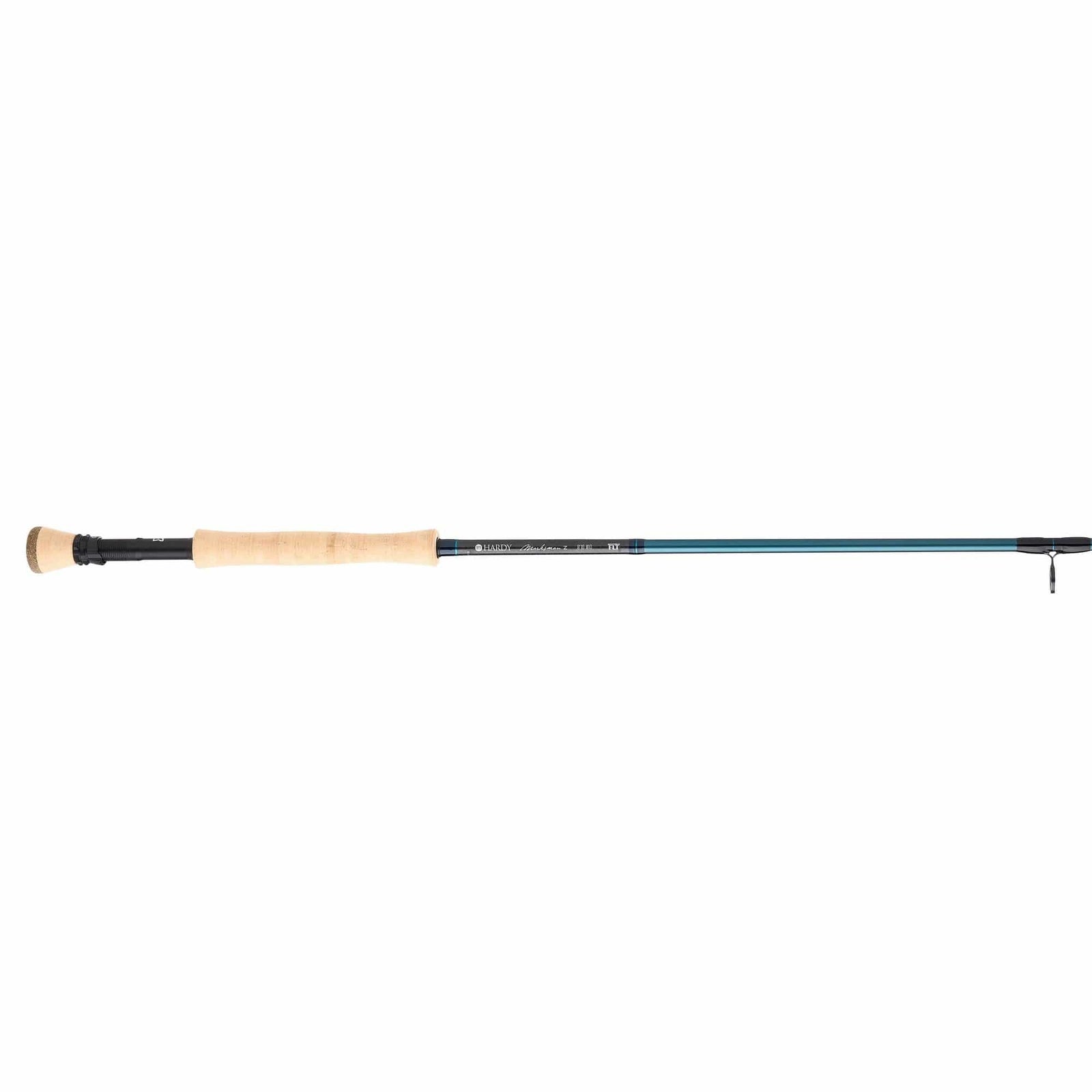

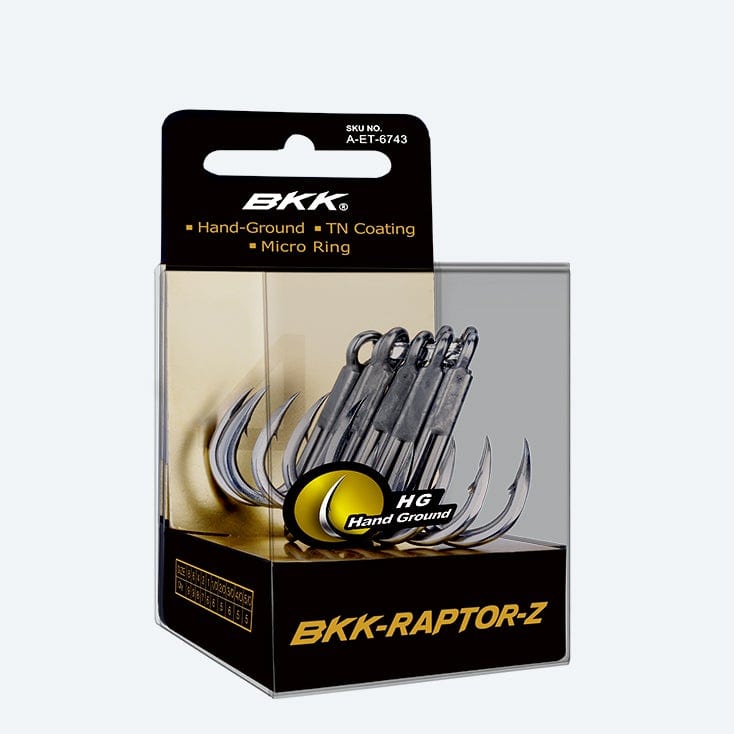
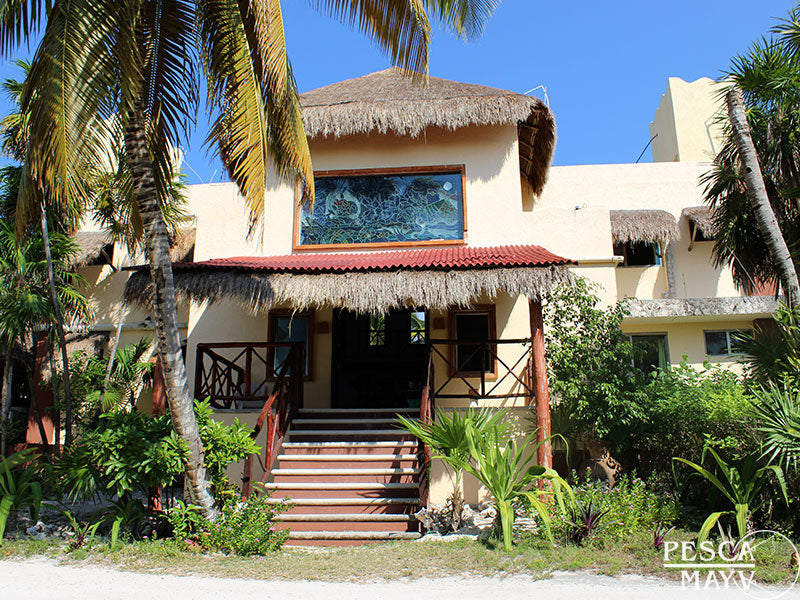
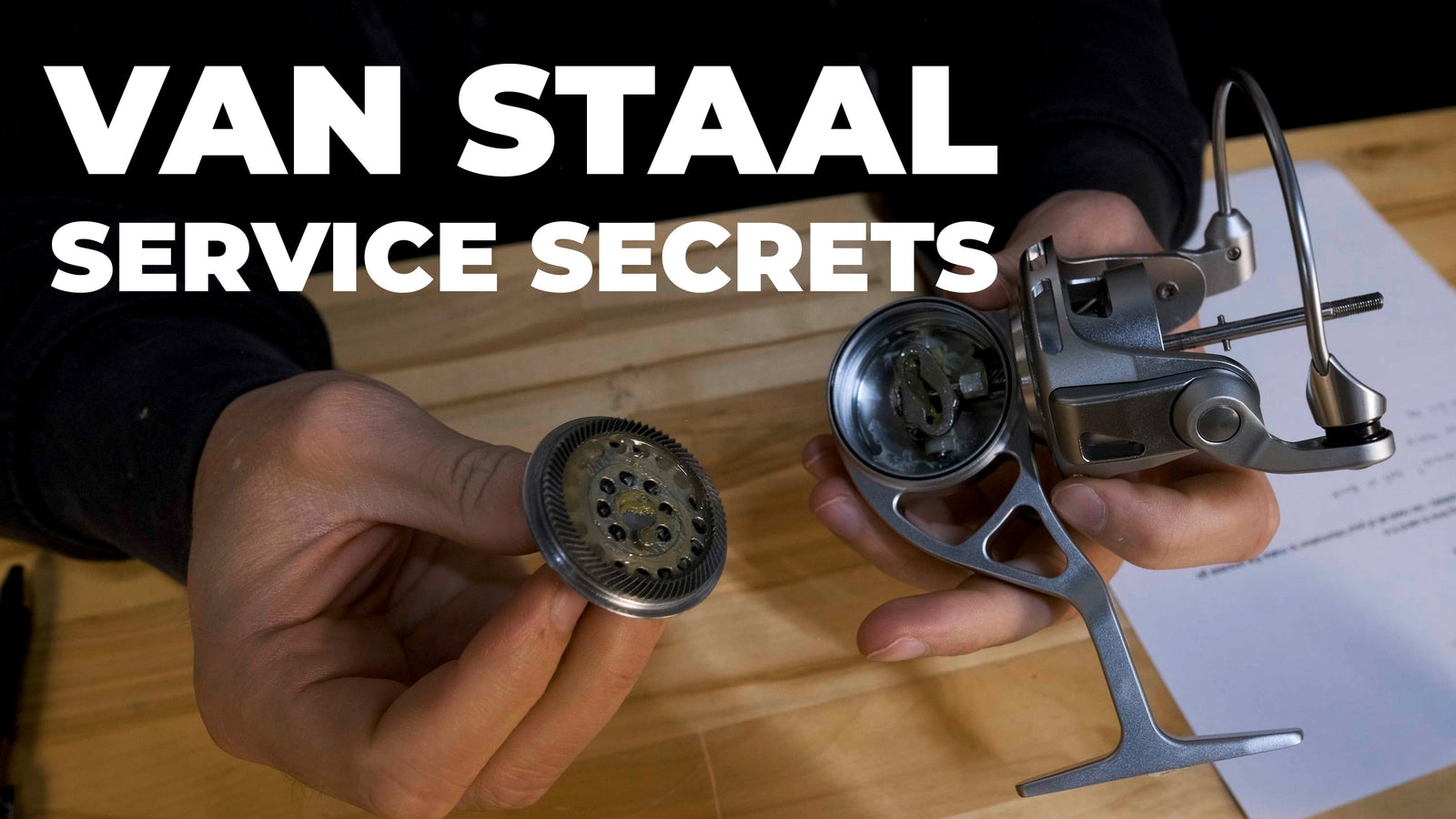


Leave a comment (all fields required)